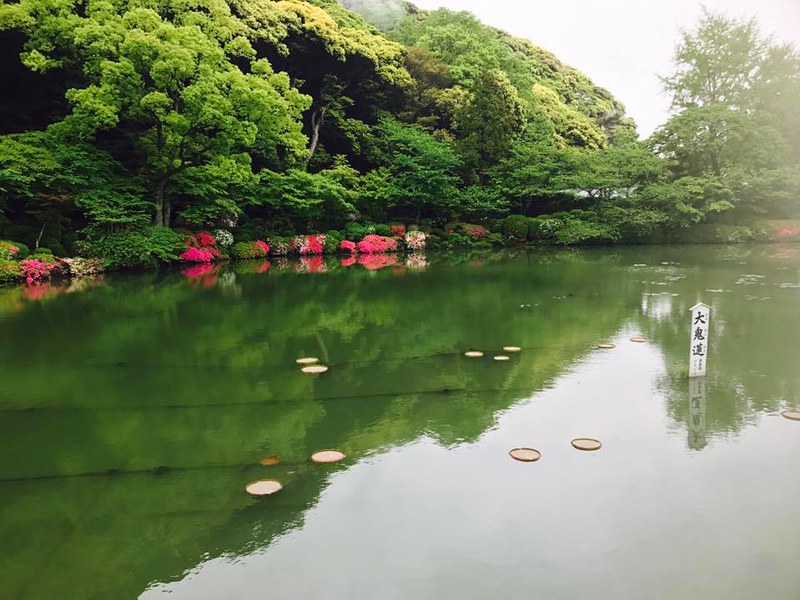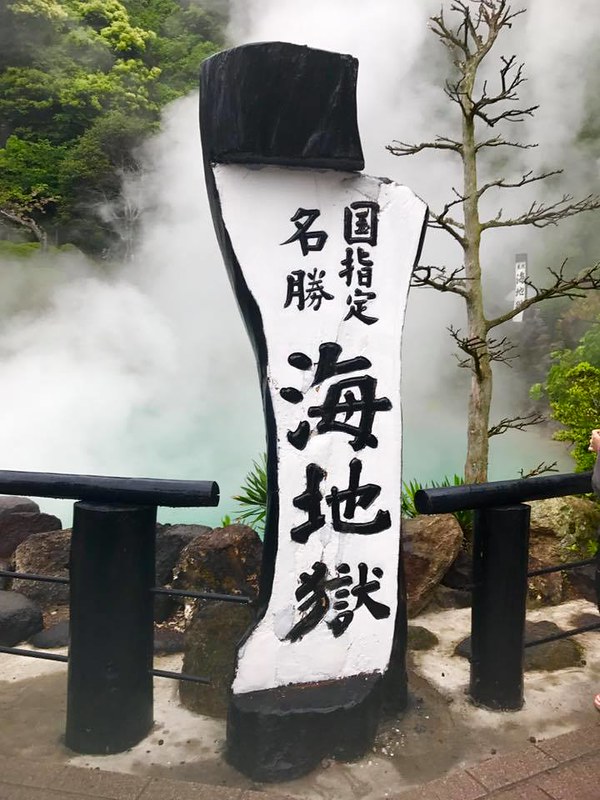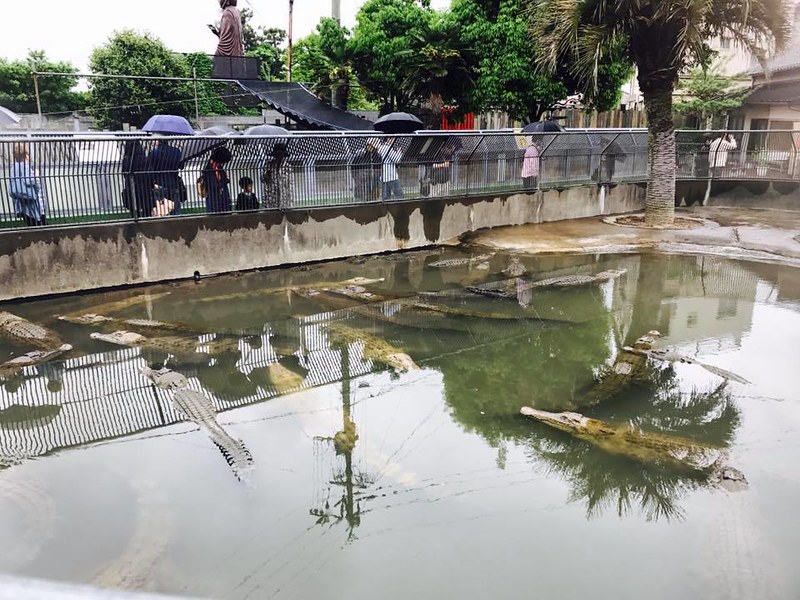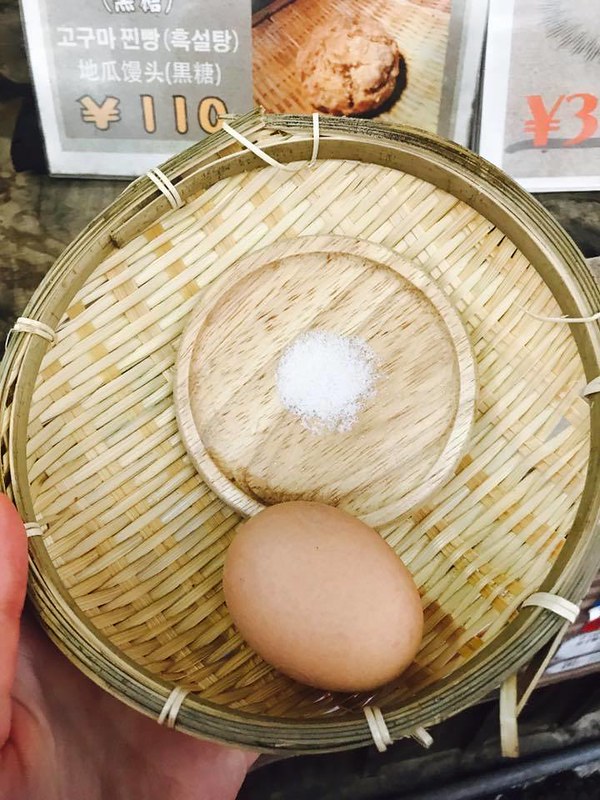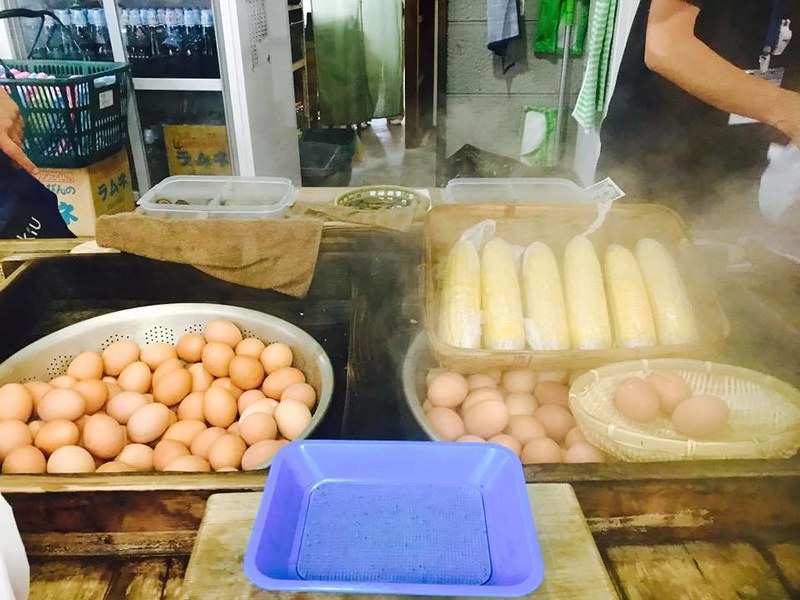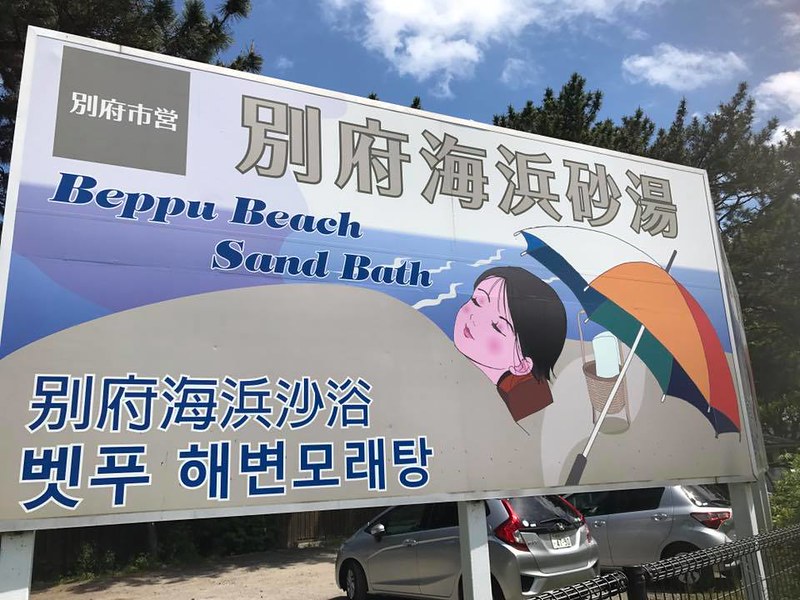
After spending a lovely day at the Fukui Prefectural Dinosaur Museum, I decided to wake up early on the next day and hike to Ono Castle in hopes of seeing it shrouded in clouds. Besides its prized dinosaurs, Fukui is most famous for its “castle in the sky”. Unfortunately the weather was not cold enough for the clouds to appear as this is a rare phenomenon, but I managed to take some amazing photos from the observatory and try some delicious local food. I have translated some tips from a Japanese blog of how to best see the clouds that many tourism websites have not mentioned, so please continue reading if you’re interested. Overall I’m happy that I spent the night in Ono because it has some of the best hiking spots!
Ono Castle
The city of Ono is nicknamed “little Kyoto” for its rich history and is home to Ono Castle, which appears shrouded in clouds under certain weather conditions. Samurai residences, temples, and traditional shops also line the streets giving this town a unique vibe. Of all the cities I researched in Fukui, this seemed the coolest so this is where I decided to stay the night. The castle is right in the heart of the city and you can see why Fukui takes so much pride in it:
Conditions for the clouds to appear:
- The sea of clouds appears in the early morning from mid-October to early April. It is most likely seen from dawn to 8am depending on the season but may appear earlier/later.
- The fall season is when the clouds are most likely to appear around 6:00am – 6:30am due to the humidity. It is best to aim for a day when the temperature falls rapidly.
- The sea of clouds is most viewable from the ruins of Inuyama Castle which take roughly 25 minutes to hike. Please note that snow may accumulate during the winter season making the mountain harder to climb.
- If it rains the day before, the clouds are usually still visible but the mountain may be shrouded in mist making them harder to see.
- The day the sea of clouds appear in Ono, they will not appear on the following day.
- It is recommended to bring a camera with a lens of at least 70mm to capture the most detail though I only brought my GoPro and iPhone 12 Pro Max camera.
- Please be weary of wild bears and monkeys in the forest. I saw several monkeys when I climbed but they did not approach me.
- According to the managers at my hostel, the sea of clouds only appears around 10 times per year and is a rare phenomenon.
For the best hiking route, please see this Google Map link. All of this information was translated from Shirofan and is accurate from my understanding.
Although I wasn’t able to see the clouds, I am still extremely happy with the beautiful photos I took of the castle during the sunrise! I was also able to see it illuminated during my first night in Ono which was really special. I will forever remember my experience here because it was such a fun hike.
Coffee at “coffe&cake紫おん”
Before my flight back to Tokyo, I decided to stop at coffe&cake紫おん to kill time. Yes, this shop hilariously omitted an “e” from their name. Good old Ono. I decided to order the orange Halloween Tart and warm anko bean milk because I was famished from my hike to the castle. The cake had just the right amount of sweetness and really hit the spot. I also enjoyed the added texture from the pie crust. This was my first time having anko milk and it tasted amazing! It was sweet like anmitsu and very filling to me. All of the coffee shops I saw in Ono seemed to have a unique atmosphere, but I am happy that I chose this one for its seasonal sweets. I also grabbed a dinosaur cookie on my way out because why not?
Address: 12-2 Motomachi, Ono, Fukui 912-0081
Oshozu
Oshozu is a natural cold water spring found near Ono Castle. The water is so pure you can drink it directly from the spring. There are funnels that you can use to collect the water and it is structured similar to a shrine. Besides Yakushima, this was one of the few places I could drink water directly from the source. It really is amazing how pure the water is here, and you can tell that the town really takes pride in it.
Address: 5-4 Izumicho, Ono, Fukui 912-0086
Additionally, there are samurai residences, museums, and temples that you can visit around the town if you are keen. Please check the Ono Castle Tourism website for more information.
Accommodation
Since I only stayed here for one night, I decided to stay at a guest house near Ono Castle called Arashima. To my surprise I was the only one here and had a whole room to myself! Arashima is very modest but is centrally located which is important for those who plan on hiking around the area. I accidentally selected the wrong arrival time while booking online, but the staff were kind enough to wait for me and I was met with a warm welcome. They gave me a map and some pretty good bar recommendations, like イチナナバル where I had some nice local wine before I went to sleep. They also informed me that Ono Castle is illuminated at night until 21:00 this season which I never would have known! I was happy that I stayed here because I picked up a lot of good information on Ono from the locals.
My final meal was nishin soba at Fukui Station before I went back to the airport. There is a standing soba restaurant before the ticket gates that is sinfully cheap and has noodles that taste amazing. This bowl contained simmered herring and packed quite the powerful punch:
This will be my last Japan blog for a while as I am getting ready to visit my friends and family in America, but worry not because I will be writing and traveling a ton next year. In 2022 I plan on visiting the remaining 5 prefectures of Japan I have left on my list and whatever Asian countries are safe to visit. Thank you all for your support and thank you for reading. See you in the new year unless plans change!








